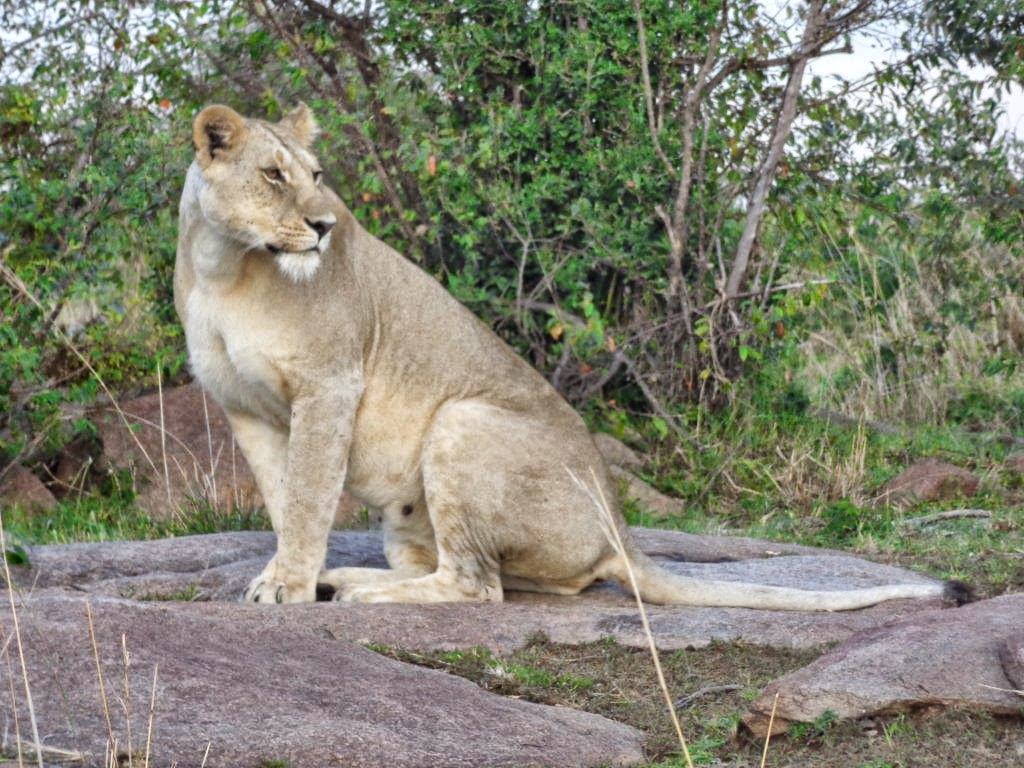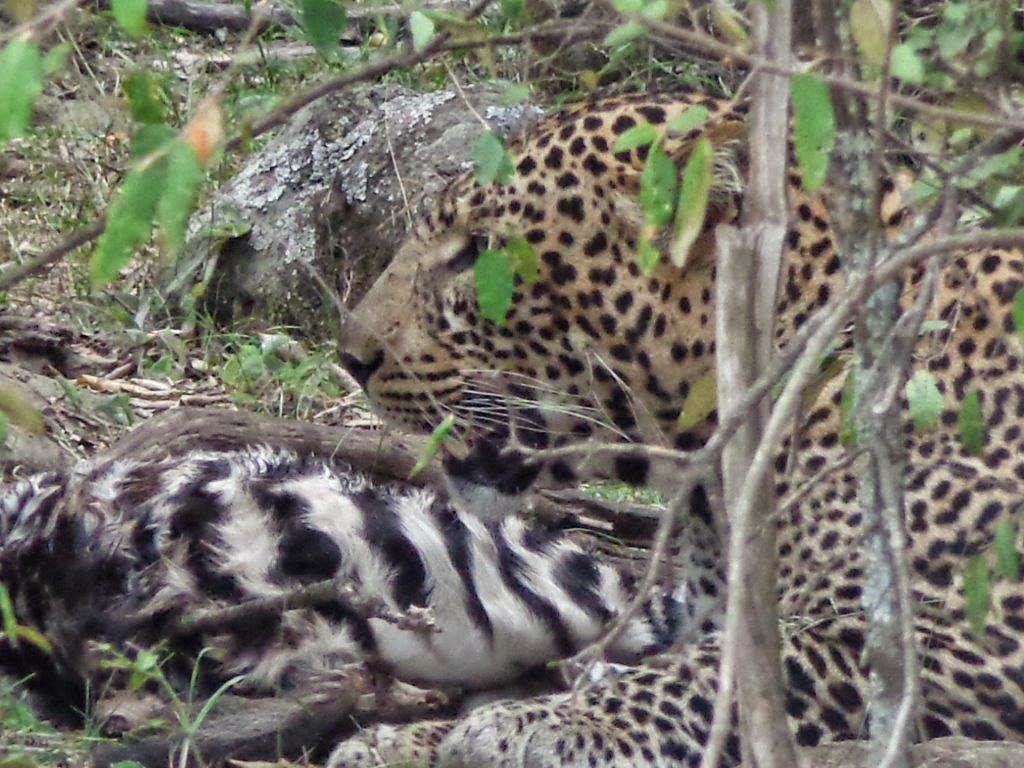Weather
It is cloudy but the sky clears by
mid-day.
Temperature
17c morning
28c at midday
25c after sunset
MIGRATION OF WILDEBEEST AND ZEBRAS
The wildebeest are widely spread following
the rains filling all the natural water holes.
Crossing is now taking place around Talek
and Olare Orok and it is dramatic.
The migrating herds are still grazing fresh grass east of the Mara.
PREDATORS
LIONS
Double Cross pride has expanded its range
to Olkiombo airstrip. Mohican and Romeo2 have been seen between Intiakitiak and
Olare Orok rivers.
LEOPARDS
The Ridge male leopard was at Double Cross looking well fed with a female with two cubs.
Bahati is at Smelly Crossing. She is with
a male and expected to start a family soon.
Saba is at Double Cross looking expectant.
CHEETAHS
Malaika with her five cubs is south of
Mara Intrepids Camp near Lookout Hill.
Report and pictures by John Parmasau – Head Safari Guide, Mara Intrepids and Mara Explorer Camps.
©Heritage Hotels Ltd, Kenya. http://www.heritage-eastafrica.com/






































